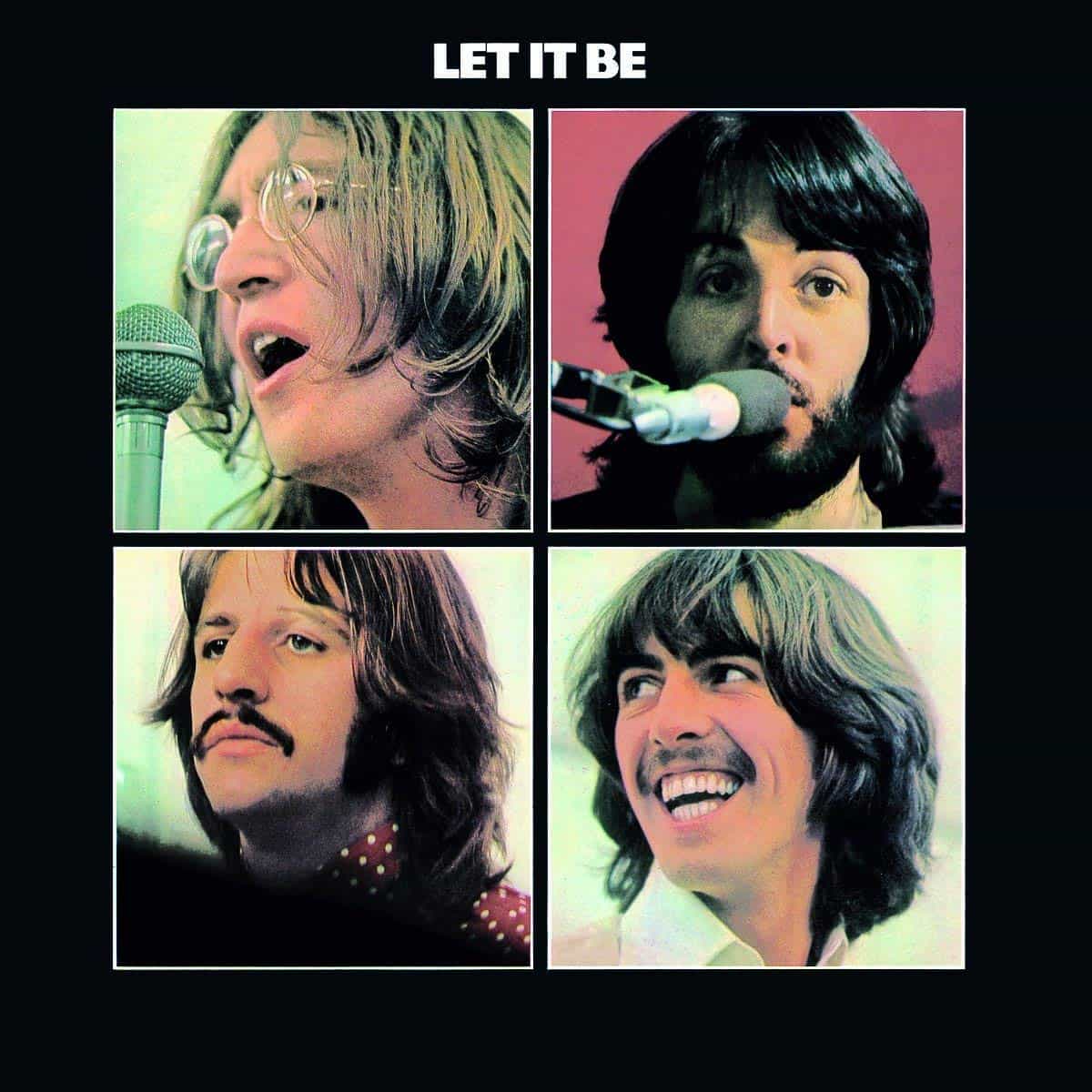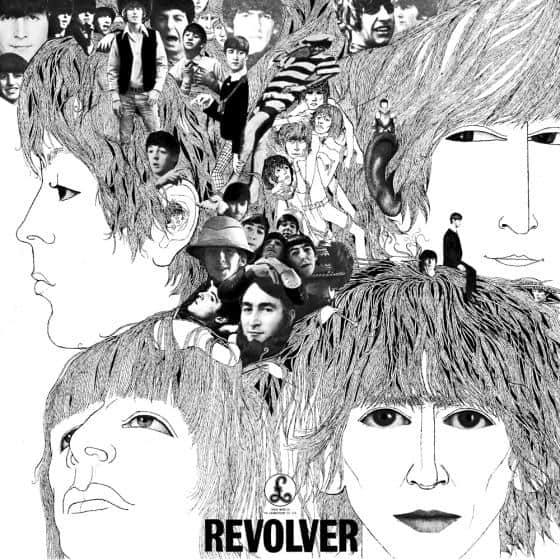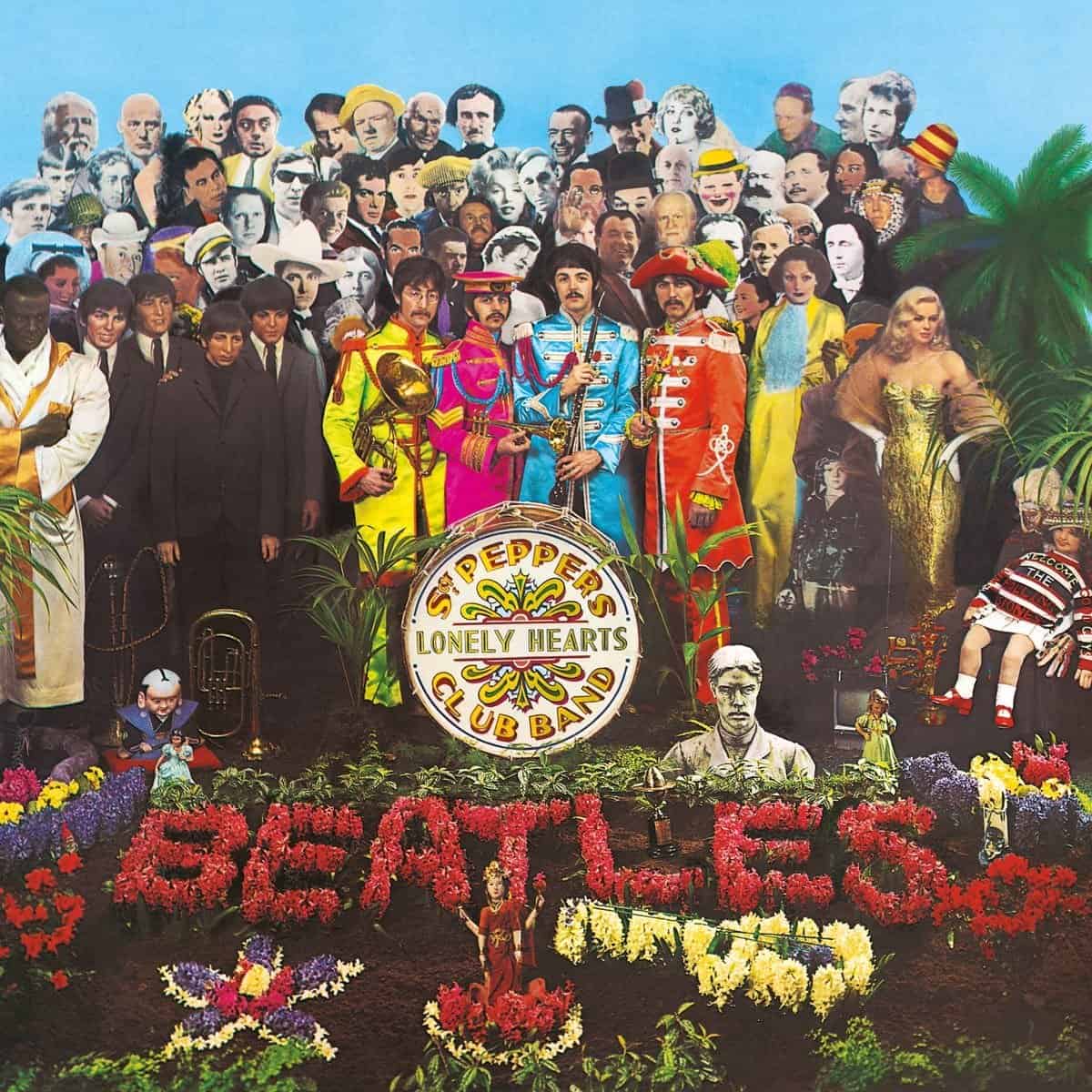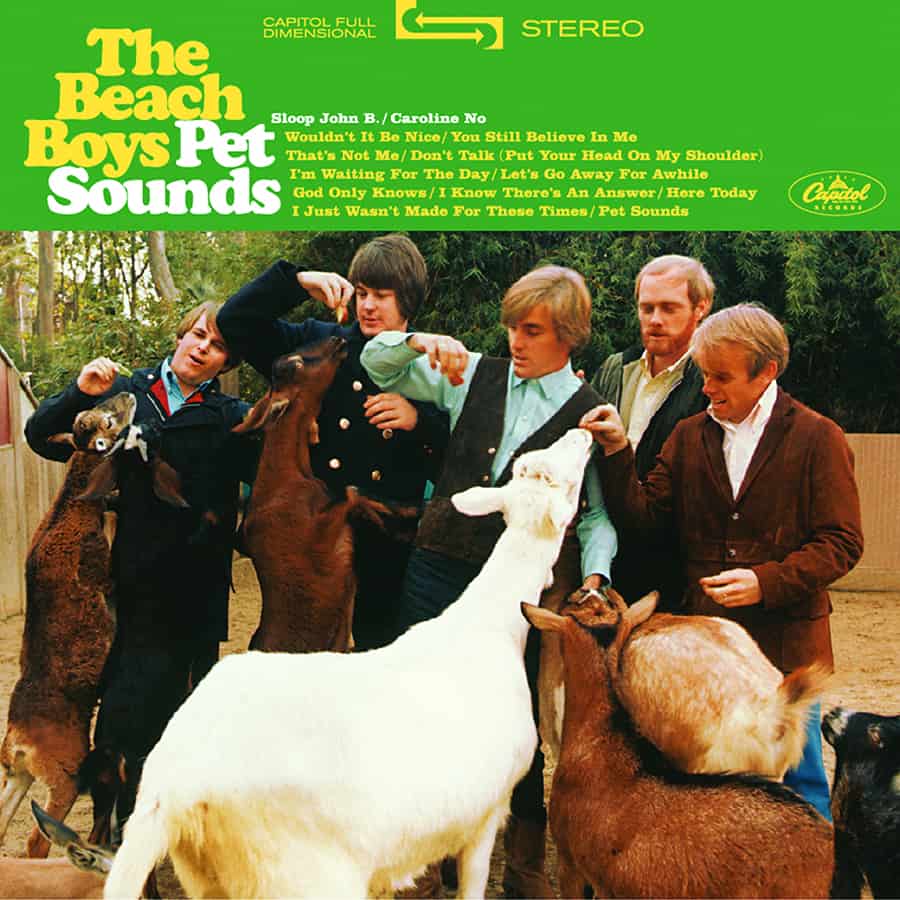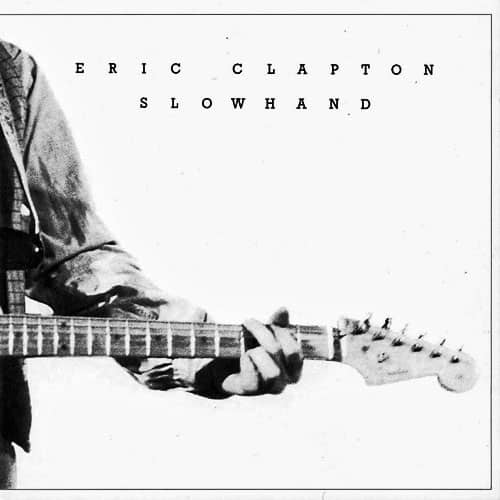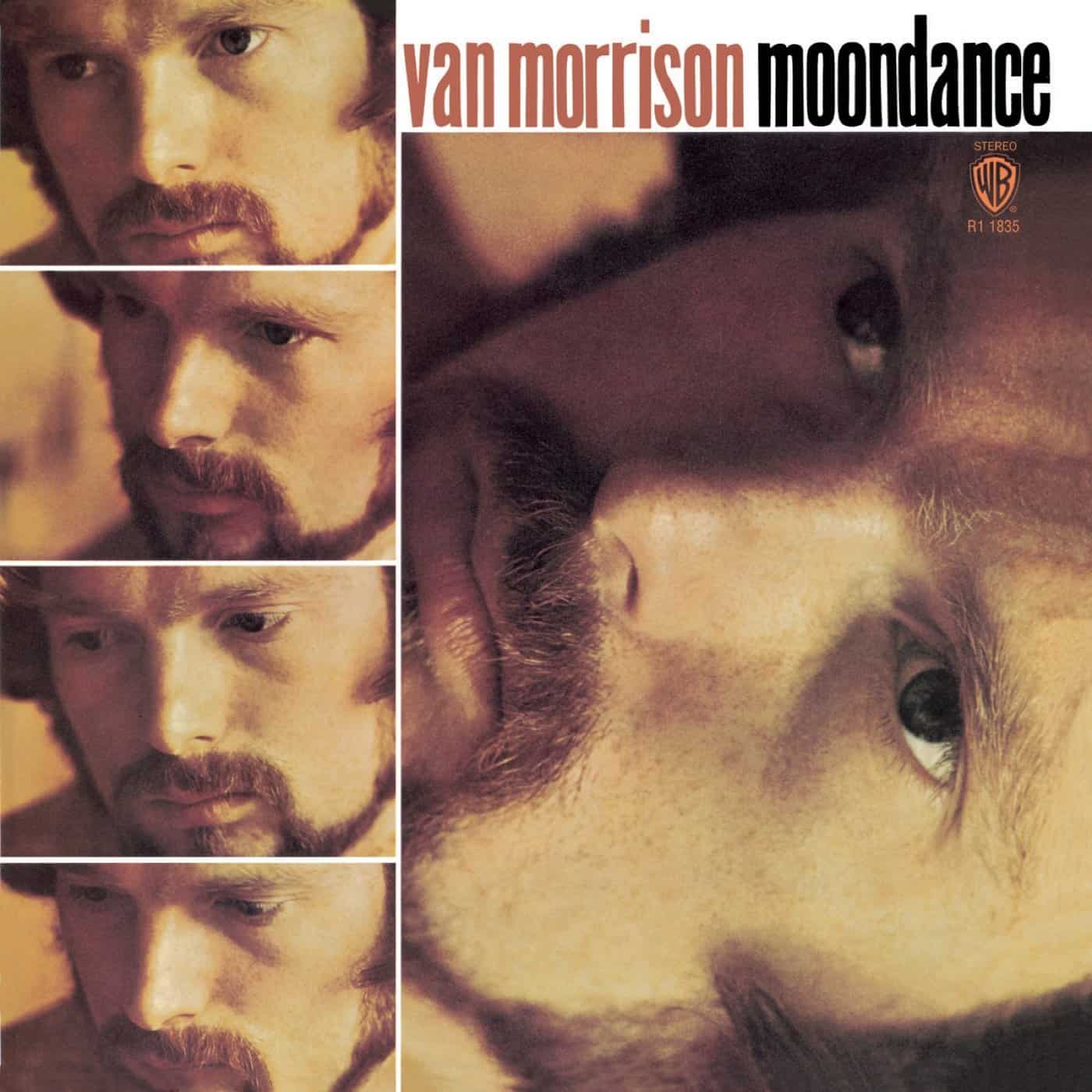Marketplace
2012 Apple Records PRESSING
- Catalog Number PCS 7088
- Release Year 2012
- Vinyl Mastering Engineer Sean Magee
- Pressing Weight 180g
- Vinyl Color No
- Jacket Style Single
- Pressing Plant Optimal
- Original Release Year 1969
- Original Label Apple Records
- Original Catalog Number PCS 7088
When listening to this album I think of this band or music:
All the great musicians, from Brian Wilson to Dave Grohl, who absorbed the style and riffs of the Beatles. Yet none more than Joe Walsh, who married into the family by becoming Ringo Starr’s brother-in-law.
I would listen to this album while:
Thinking of all the record shops I’ve visited that no longer exist. My memory of picking up the Japanese Pro-Use Series copy of Abbey Road off the racks at Tower Records at Columbus and Bay in San Francisco decades ago still persists.
Music from this album would be a great soundtrack to this movie:
The songwriting should be paired with something equally problematic in film, like most anything by Jacques Rivette. The surreal Le Pont du Nord, with female leads playing a paranoid loner and an ex-con exploring the seedier precincts of Paris, would match well with Abbey Road’s song list.
Abbey Road stands as the Beatles’ swan song, released before Let It Be but recorded after most of the sessions for the latter. Always a popular LP, it initially suffered a bumpy road with critics before they caught up with the public and reached a consensus that it endures as one of the group’s greatest achievements.
Let’s start with the cover art. Bearing one of the most iconic photographs in music history, its meaning has been parsed many times and ways, including the claim that Paul McCartney’s lack of shoes serves as “evidence” he was dead. And what Beatles fan hasn’t posed crossing Abbey Road for a portrait when visiting London? The music, experienced in retrospect, wonderfully blends the tension (especially) between John Lennon and McCartney into a whole more unified than anything since Sgt. Peppers’ Lonely Hearts Club Band. Plus, the Lennon and McCartney tunes provide clear signals of where their respective solo careers would head during the next few years. The real surprise? George Harrison’s contributions. “Something” and “Here Comes the Sun” remain two of the Beatles’ most memorable, and most covered, songs. On the other hand, who can get “Maxwell’s Silver Hammer,” “Octopus’s Garden,” or “Mean Mr. Mustard” out of their mind?
The album is also treasured for its status as the best-recorded Beatles record. A Moog synthesizer and heavy guitar work give the sound a real punch missing from earlier releases, and the engineers did not hold back on dynamics or bass. A laundry list of engineers—including Geoff Emerick, John Kurlander, Phil McDonald, and Alan Parsons—contributed to creating an LP with truly massive sonics. Indeed, ever since its release in 1969, fans have sought out the best-sounding version of Abbey Road.
Some listeners favor the red-vinyl original Japanese pressings or Japanese Pro-Use Series pressing or Mobile Fidelity version, pressed in Japan. Each has strong attributes, but at the same time, each crossed the line into artificial boosting of certain frequencies in order to win the sound battle. Most collectors, however, agree nothing compares with an original U.K. pressing. Activity on eBay seems to confirm such an opinion. Of course, identifying a first pressing can be a bit of a minefield; numerous websites exist to assist in the process (see http://www.yokono.co.uk/collection/beatles/beatles.html). The first matrix numbers are 749-2/750-1 and the back cover should have a green “misaligned” apple. How does the newer digitally mastered vinyl reissue stack up to the best of the best?
Well, the packaging is decent but not quite right. EMI/Apple remembered to include the black record sleeve, but on the back cover, the apple is not misaligned and it’s the wrong color. One nice touch relates to the fact that the bar code is on the plastic wrap rather than the cover. The vinyl, pressed in Germany, looks beautiful, heavy, and flat. Unfortunately, the sound doesn’t measure up.
“Come Together” is all about timing, and the digital remaster destroys the sense of drive, with the bass sounding a bit flabby and disconnected. Or, compare the harmony of Lennon, McCartney, and Harrison on “Because,” which features gorgeous depth and bloom on the original U.K. Those elements die here. Guitars also tout more texture on the original. Should you choose to scour the market for a copy, good luck with your search.
Abbey Road


 4
4


